I wrote about the complex relationship between my genetic disease and its possible “cure” in Not This Pig. At my age and stage of blindness, I don’t know whether I’d choose the experimental gene therapy published Oct. 24 in The Lancet (reported below by Jocelyn Kaiser in ScienceNOW), but I can understand its prospect for young children with retina diseases.
A single injection of DNA into the eyes of four children born with a blindness-causing disease has given them enough vision to walk without help. The study, published today, confirms that if patients with this disease are given gene therapy early in life, the results can be dramatic.
Several clinical trials in the United States and Europe have been using gene therapy to treat a disease called Leber’s congenital amaurosis (LCA), which affects about 3000 people in the United States. Those born with LCA start losing their sight at birth and are completely blind by age 40. Children born with one form, LCA2, have defects in a gene called RPE65 that helps the retina’s light-sensing cells make rhodopsin, a pigment needed to absorb light. Without rhodopsin, the photoreceptor cells gradually die. In 2001, researchers at the University of Pennsylvania (Penn) showed that they could partially restore sight to blind dogs with this defect by injecting a good copy of RPE65 into their eyes.
Two years ago, the Penn team began a small safety study of the therapy in humans with collaborators at the Children’s Hospital of Philadelphia. They injected each patient’s worse eye with a modified virus carrying the RPE65 gene. Early results from this trial and a similar study in the United Kingdom published in April 2008 showed that four of six young adults with LCA2 who received the treatment could later sense more light and perform better in an obstacle course.
But the Penn researchers knew from their studies in animals that children should improve even more because they have more intact retinal tissue than adults do. Today in an online paper in The Lancet, their team and collaborators in Europe report full study results for three of the adults they treated earlier and nine more patients, including four children ages 8 to 11. The children gained more light sensitivity than the adults did-their light sensitivity increased as much as four orders of magnitude, versus one-and they made far fewer mistakes in an obstacle course.
One patient, Corey Haas, appears in a video 3 months after the treatment breezing through the obstacle course, following arrows and avoiding objects that he cannot see with his treated eye covered. Corey, 9, told reporters at a press conference this week that for the first time he can recognize faces, play baseball, read large print books, and ride his bike around his neighborhood alone. “It has helped him tremendously,” said his father, Ethan Haas.
The LCA2 trials are a rare success for the field of gene therapy, which has also cured children with the immune disorder known as bubble boy disease. And they should pave the way for treating more vision disorders. “It’s an incredible launching pad to be able to target other diseases,” says Penn gene therapy researcher Jean Bennett, who led the study.
Showing that the LCA2 gene therapy treatment works best in children is “a big step” for inherited blindness, says geneticist Frans Cremers of Radboud University Nijmegen Medical Center in the Netherlands, who wrote an accompanying commentary in The Lancet. He notes that eight other vision diseases, including retinitis pigmentosa, have now been treated in mice and are ready to be tested in people. The challenge, he says, will be to expand genetic testing of people with blindness so as to find enough eligible patients for clinical trials of these rare disorders. [Kaiser 2009 (1024): 1 ScienceNOW]
![gustave_caillebotte_paris_street_rainy_day Gustave Caillebotte. Paris Street, Rainy Day (La Place de l’Europe, temps de pluie). 1877. Oil on canvas. Art Institute of Chicago. [Source: Wikimedia Commons]](../../../../wp-content/uploads/2009/02/gustave_caillebotte_paris_street_rainy_day_1877_wiki.jpg)
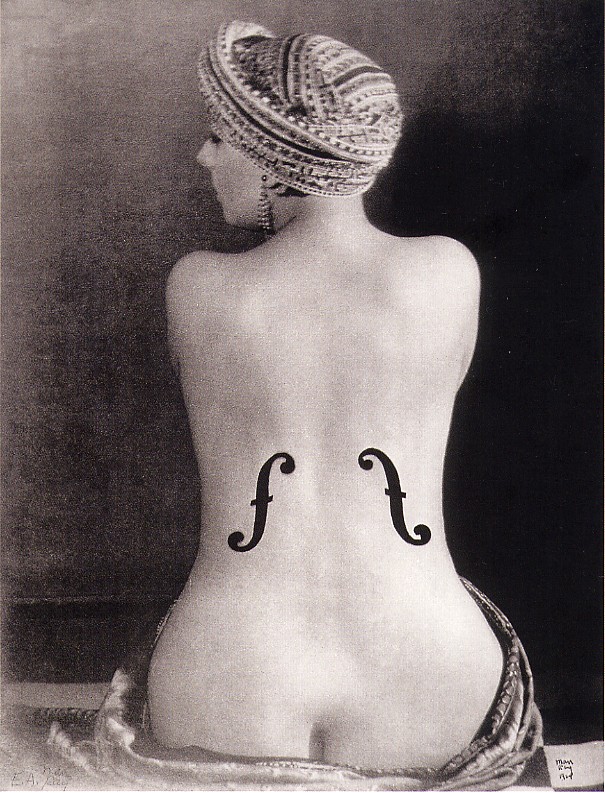 The legendary Kiki of Montparnasse posed for Man Ray’s
The legendary Kiki of Montparnasse posed for Man Ray’s 
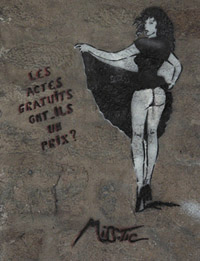
![Fog at Isle Royale [Source: wildmengoneborneo.com] Fog at Isle Royale [Source: wildmengoneborneo.com]](../../../../wp-content/uploads/2008/04/isle_royale_fog.jpg)
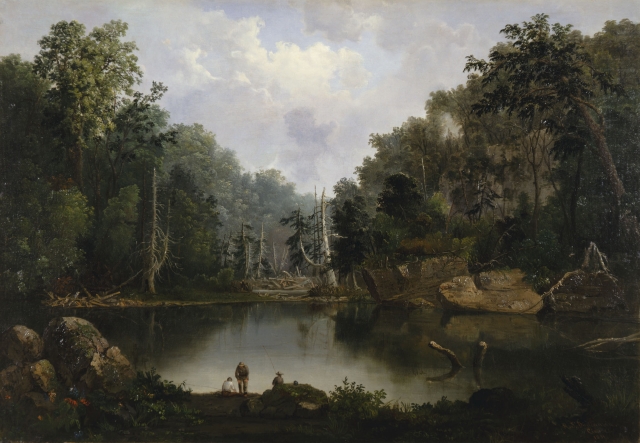
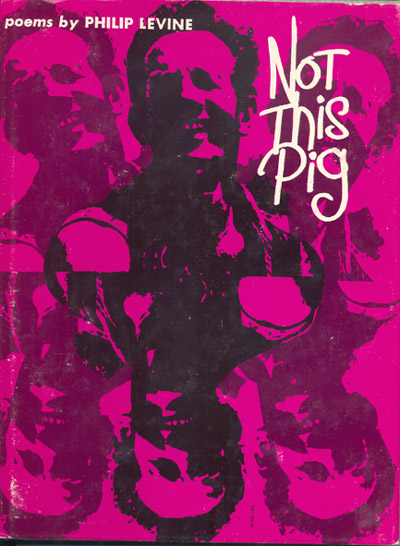 If there is an emerging genetic underclass, I could run for class president or class clown. Read more in
If there is an emerging genetic underclass, I could run for class president or class clown. Read more in 
![grant_wood_parson_weems_fable_200px Grant Wood. Parson Weem’s’ Fable. 1939. Amon Carter Museum, Forth Worth.. Steven Biel describes the painting: “Parson Weems, imitating Charles Willson Peale’s pose in The Artist in His Museum (1822), opens a red velvet curtain on the legendary scene: Augustine Washington, elegant in crimson coat, white ruffle, tan breeches, silver-buckled pumps, and green tricornered hat, grasps in his right hand the slim trunk of the bent cherry tree. A row of cherries dangles from the perfectly rounded treetop, mirroring the very cherry-like fringe of the Parson’s curtain. Augustine’s outstretched left palm and furrowed brow signal a serious inquiry. His son George, boyish in stature and dress—coatless, with sky-blue breeches and petite buckled pumps—is manly in his expression. In fact, his white-wigged head is that of Gilbert Stuart’s portrait and the dollar bill. He points with his right hand to the hatchet in his left. Wood chips lie in the circle of soil at the base of the tree, its lower trunk smoothly incised and poised to split off. In the background, a well-dressed slave couple harvests the fruit of a second tree.” [Alt Text Source: Common-Place/ http://www.common-place.org/vol-06/no-04/biel/ ]](../../../../wp-content/uploads/2011/08/grant_wood_parson_weems_fable_200px.jpg)
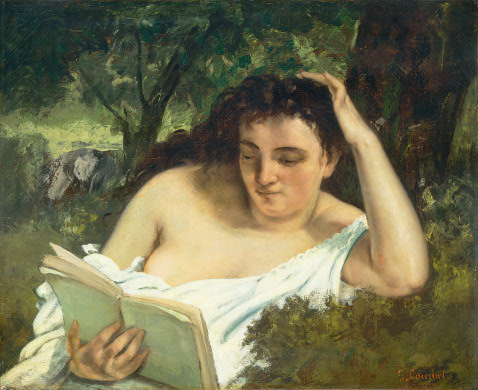

This is good news indeed. But thanks for mentioning “Not This Pig” - I had not read it until now. It’s a wonderful piece and I love the quotation from Emerson as well as the poem about the pig. A bit like Dylan Thomas, “do not go gentle into that good night.” Life is to be treasured at any stage, in any condition. Who knows, perhaps I will spot you one day on the streets of Paris or the streets of Cambridge, and be able to say hello.
Yes, please do, Sara. I’ve had remarkable chance meetings on the street in both Paris and Cambridge. Thank you for reading Not This Pig.